Partners in Care
Gillette Children's Partners in Care Blog provides up to date stories from our providers that focus on the innovation and research that underlies the care we provide our patients.
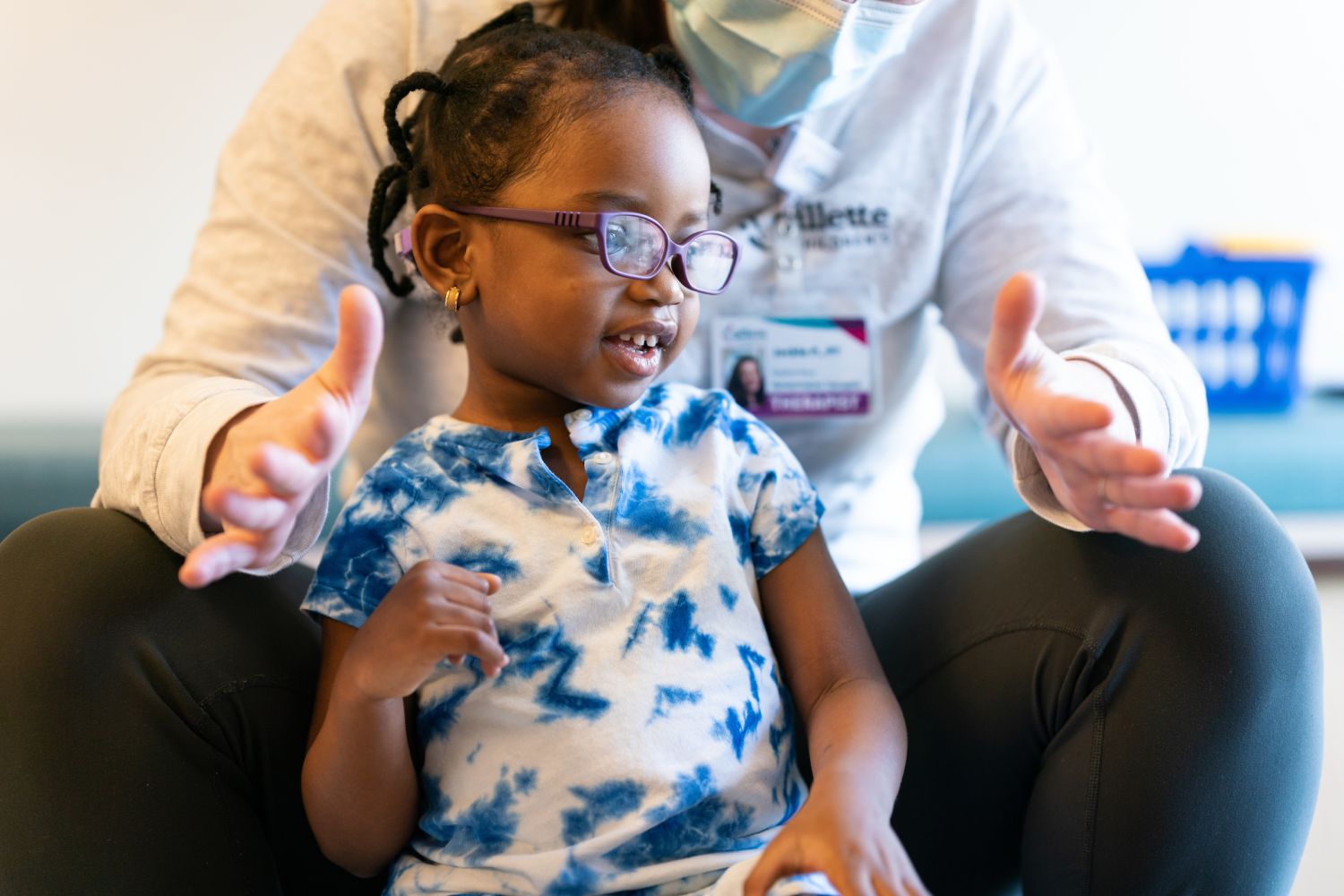

Cerebral Palsy
A New Pilot Study Looks at Constraint Induced Movement Therapy for Infants
April 25, 2025 Read More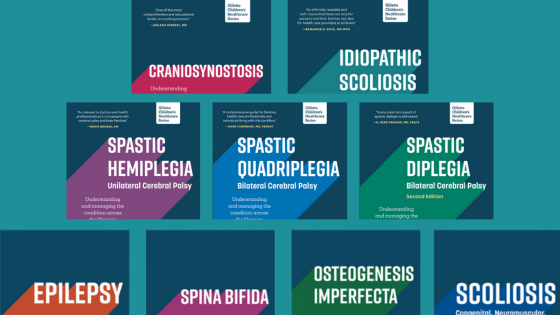
A Look Inside the Gillette Children’s Healthcare Series
March 3, 2025Gillette Children’s Healthcare Press is excited to release the first five titles in the Gillette Children’s Healthcare Series, nine books that provide in-depth understanding of conditions treated at the hospital.
Read More
Rare Disease
Elevidys: An Infusion of Hope for Duchenne Muscular Dystrophy (DMD)
March 3, 2025Kim Thompson is feeling anxiety, gratitude, and many emotions as she sits in the infusion room at Gillette Children’s. Her older son, Caleb, 9, is about to receive an infusion of Elevidys, a new treatment recently approved by the Food and Drug Administration (FDA) for Duchenne muscular dystrophy (DMD).
Read MoreGet Partners in Care Stories in your inbox!
Subscribe to Partners in Care Journal, a newsletter for healthcare providers and community health professionals.
Subscribe Today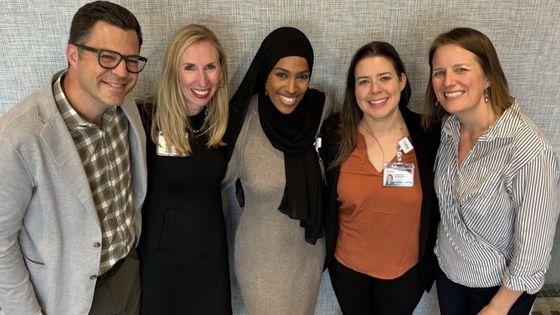
Spinal Cord Injury
Spine Institute Earns Advanced Pediatric Spine Certification
February 27, 2025We proudly share that Gillette Children’s Spine Institute has achieved the prestigious DNV Advanced Pediatric Spine Certification. This reflects our commitment to delivering exceptional care and maintaining the safest healthcare environment for our patients.
Read More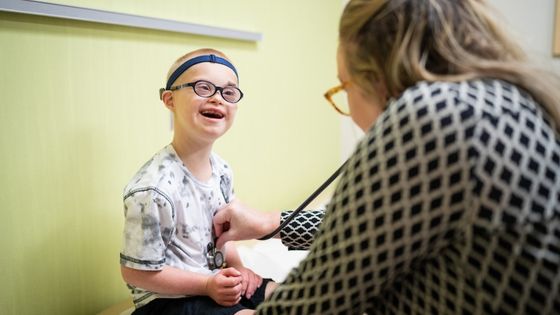
Down Syndrome
Down Syndrome Clinic Fills Community Gap
February 26, 2025Gillette Children’s is proud to announce the launch of their new Down Syndrome Clinic. This clinic, staffed by Complex Care providers Tori Bahr, MD, Heidi Davis, NP, Peter Ladner, MD, and Uyen Truong, MD, in collaboration with the Down Syndrome Association of Minnesota (DSAMn), is now scheduling collaborative, multidisciplinary care appointments for Down syndrome patients beginning at birth.
Read More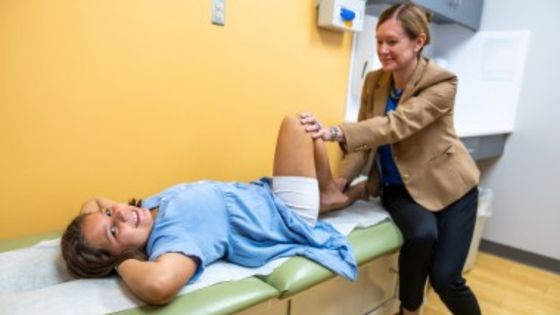
Legg-Calve-Perthes Disease
Rising to the Challenge: Less Pain, Better Function, and More Answers for Perthes Patients
February 26, 2025Transforming diagnosis, treatment, and outcomes for pediatric hip disorders
Read More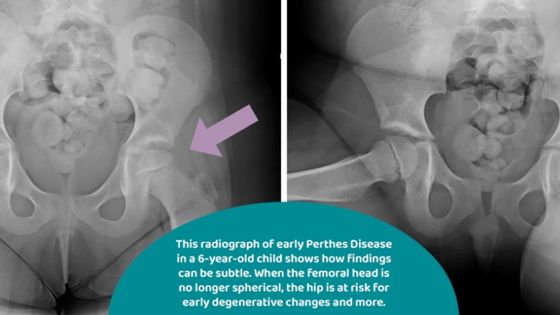
Legg-Calve-Perthes Disease
A Quick Guide to Perthes with Jennifer Laine, MD
February 26, 2025Perthes is a painful pediatric hip disorder of unknown etiology which disrupts blood supply to the growing femoral head. This disruption includes phases of ischemic injury and its repair.
Read More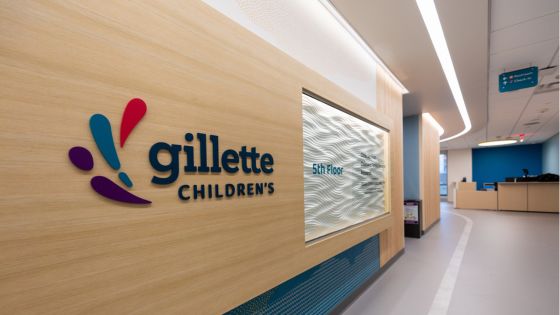
Gillette Children’s Specialty Center Open Now!
February 11, 2025New $7 million specialty center renovation supports clinical collaboration for innovative research with three new lab spaces.
Read More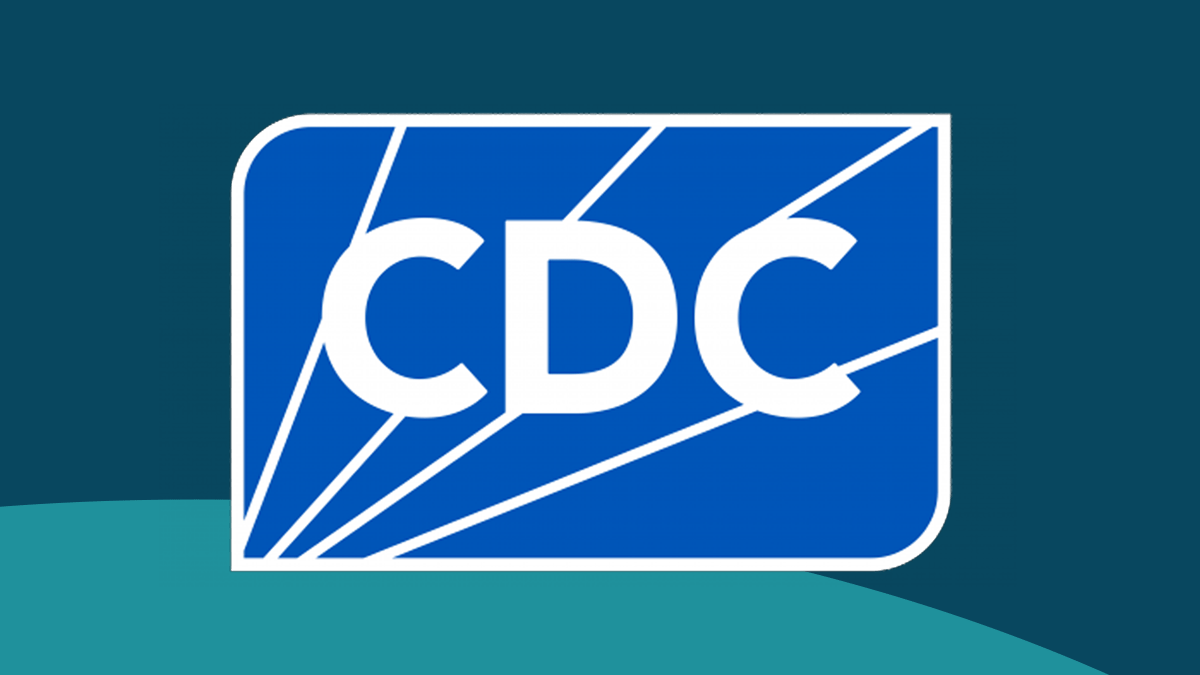
Cerebral Palsy
CDC Visits Gillette for Cerebral Palsy Surveillance Project
February 11, 2025The Centers for Disease Control and Prevention (CDC) visited Gillette Children’s as part of a nationwide initiative to enhance public health surveillance of cerebral palsy through the Autism and Developmental Disabilities Monitoring.
Read More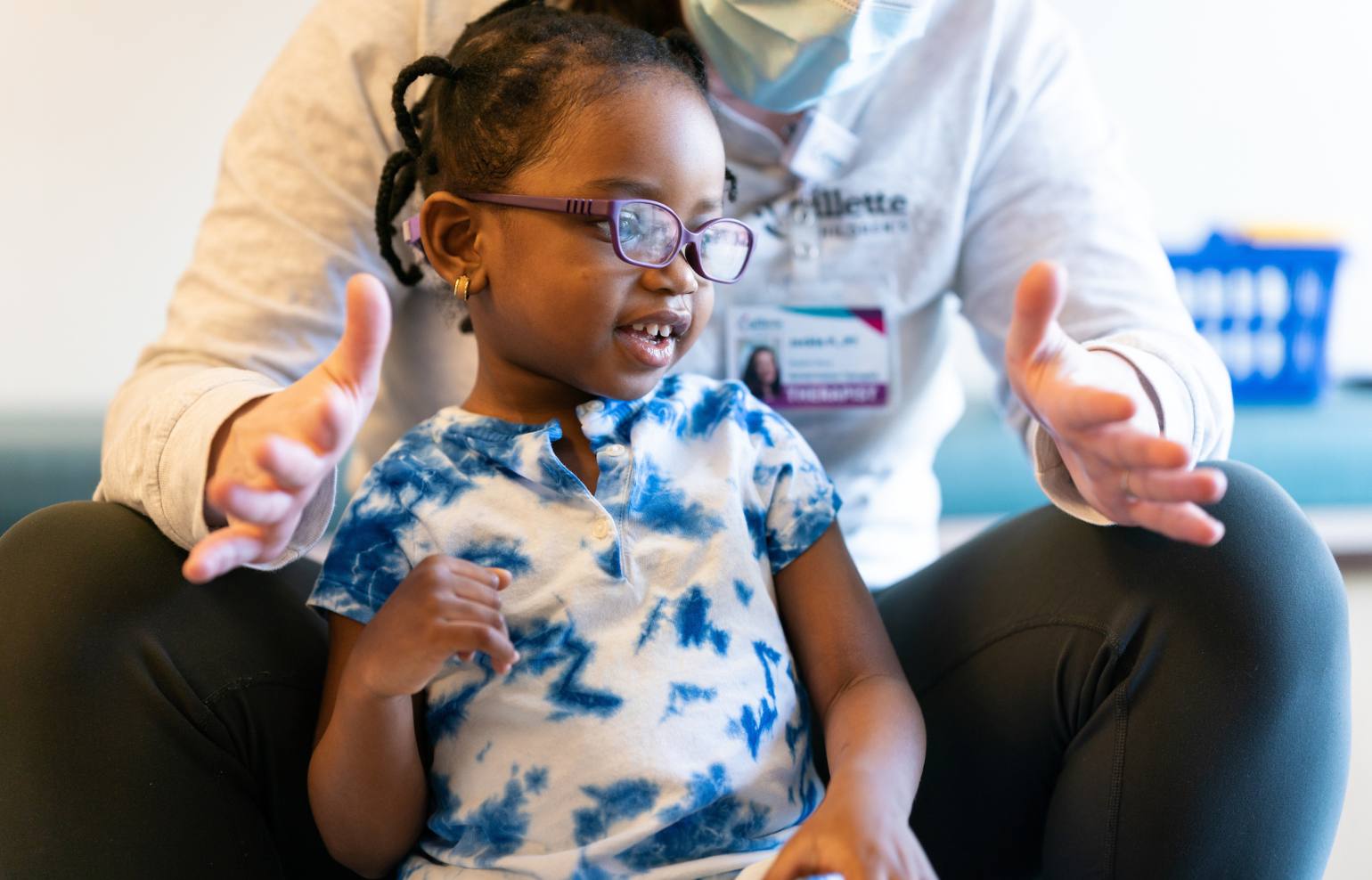
Innovation and Research
Revolutionizing Pediatric Rehabilitation with Intensive Physical Therapy
October 22, 2024Gillette Children’s Rehabilitation research program, led by Alyssa Spomer, PhD, and Linda Krach, MD, seeks to advance pediatric rehabilitation by evaluating novel rehab technologies and interventions.
Read More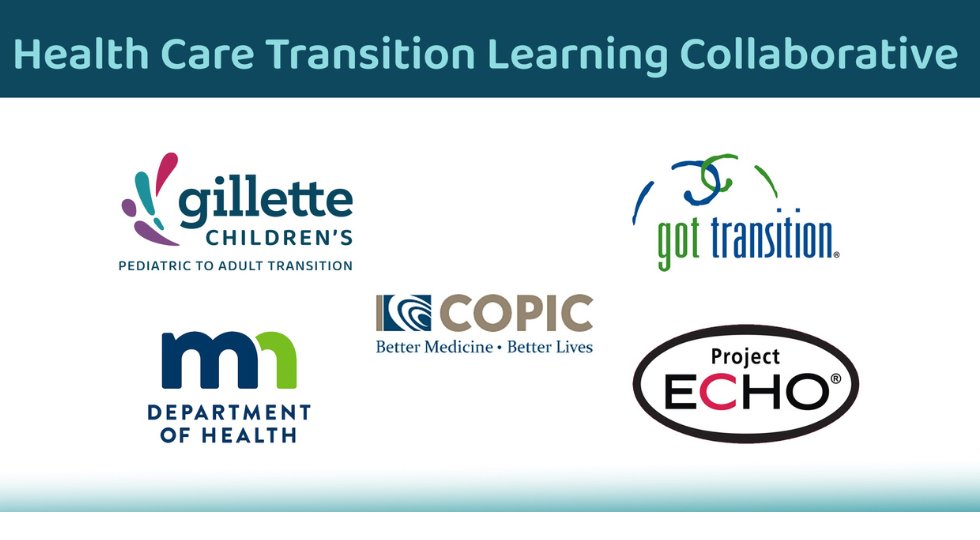
Innovation and Research
MDH Grant Renewal for Health Care Transition Learning Collaborative
October 22, 2024Gillette Children’s Health Services Research program, in collaboration with The National Alliance to Advance Adolescent Health and Got Transition®, received another round of funding from the Minnesota Department of Health (MDH).
Read More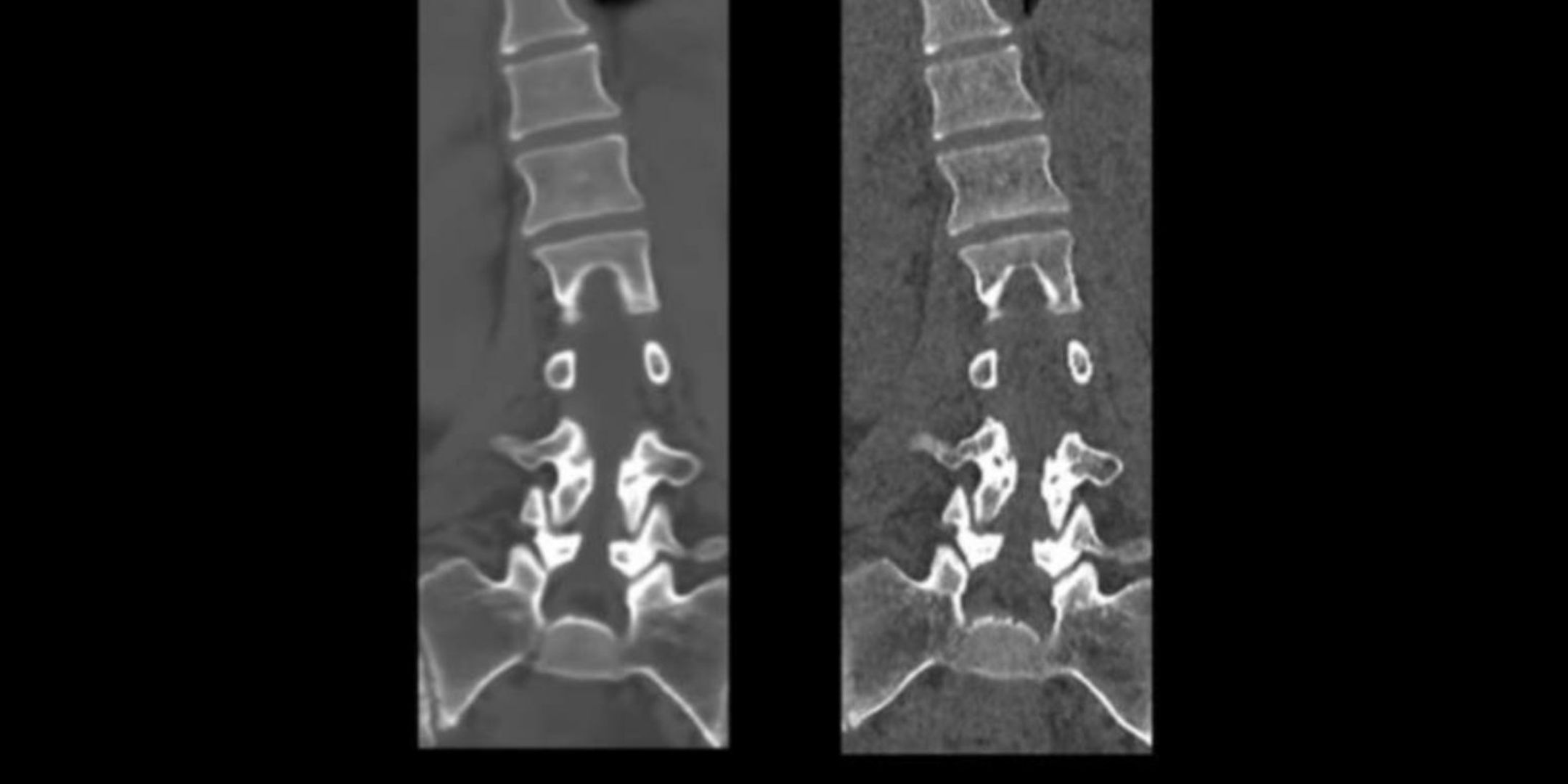
Innovation and Research
Gillette Offers Radiation-Free Imaging with BoneMRI
October 9, 2024Gillette Children’s has recently implemented BoneMRI, a groundbreaking imaging technology that combines bone and soft tissue imaging in one MRI scan, eliminating the need for traditional CT scans.
Read MoreHealth Library
Find education related to your condition, procedure, care at home, and more.
Search Health LibraryResearch
Gillette Research aims to improve treatment options for children who have disabilities.
Explore Gillette ResearchNews
From innovations to innovators, Gillette Children’s shares our news as leaders in specialty care and research.
News Releases Home Page
Home Page
